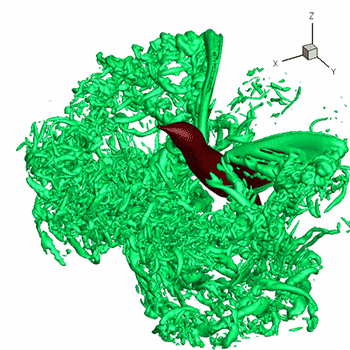How do you find the exact solutions to the system #y+x^2=3# and #x^2+4y^2=36#?
2 Answers
The solutions are
Explanation:
Solve for y:
Substitute
Write as the product of two binomials.
Find the corresponding
Hence, the solutions are,
Note that there are three solutions, which means there are three points of intersection between the parabola
![desmos.com]()
Three points of intersection
Explanation:
Given:
Subtract the first equation from the second:
Subtract 33 from both sides:
Compute the discriminant:
For
For

